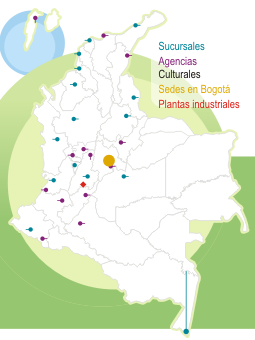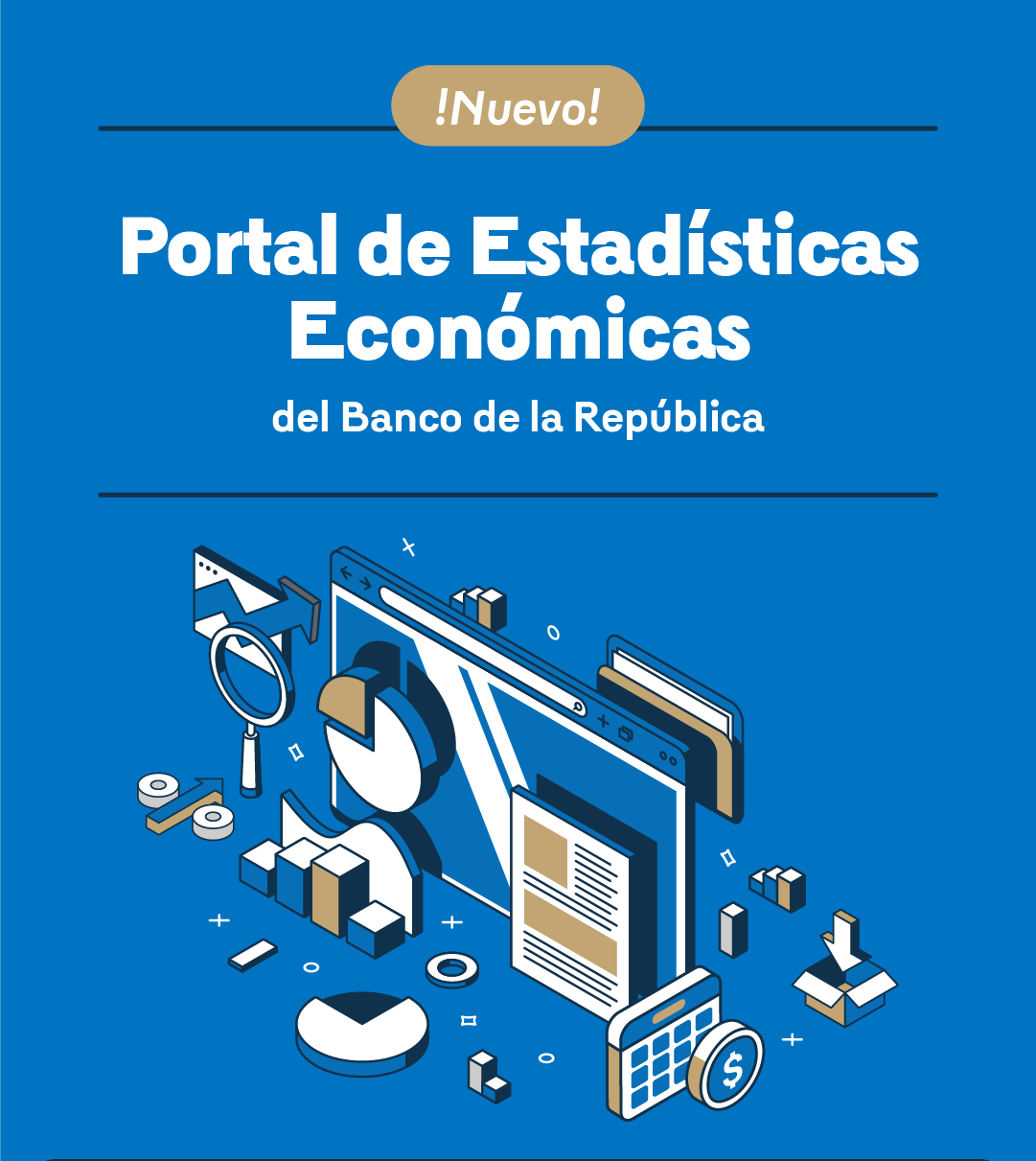Servicios
|
Annual inflation rose slightly from 7.16% to 7.18% between May and June. Core inflation excluding food and regulated items decreased from 6.1% to 6.0%, aligning with the technical staff's forecasts. Annual food inflation continued to increase, from 4.4% to 5.3%, driven by climatic factors affecting…
|
|
In March, annual headline inflation reached 7.4%, completing 12 months of consecutive declines from its March 2023 peak of 13.3%. Likewise, inflation excluding food and regulated items significantly decreased and stood at 6.8% in March. The reduction in annual inflation was largely driven by…
|
|
Annual headline inflation continued its downward trend during February, standing at 7.7% and exhibiting a cumulative drop of 1.5 percentage points (pp) during the first two months of the year. Likewise, annual inflation, excluding food and regulated items, had a 1.2 pp drop which, coupled with a…
|
|
Annual consumer price inflation decreased in May for the second consecutive month to 12.4%, fronted by a reduction in the annual food price inflation rate from 27.8% in December 2022 to 15.7% in May 2023. In contrast, increases were observed in the inflation of regulated items resulting from…
|
|
In its policy discussion, the Board considered the following elements:
|
|
By December, annual inflation had dropped for the ninth consecutive month and closed the year at 9.28%, in line with the technical staff’s December projection. Food and goods (excluding food and regulated items) fronted the inflationary decline, standing at 5% and 7.1% by yearend, respectively.…
|
|
Central bank transparency refers to the clear and open communication of key information to the public by monetary policymakers. This includes the dissemination of data, forecasts, and decision-making processes that affect the economy. Transparency reduces the information gap between what monetary…
|
|
Whenever the monetary authority meets to make interest rate decisions, two key questions need to be answered: Where is the economy at? and Where is the economy headed? Answering these questions is no easy task. On the one hand, the lag in statistical information makes it difficult to have a…
|
|
Recent months have seen a much larger influx of funds into the Colombian stock market. For example, pension fund mangers (PFM) added Col$5.84 trillion (t) to their stock market investments between 2002 and 2006 (Financial Market Superintendent, 2007), and foreign portfolio investments (short and…
|
|
Typically, central banks use a variety of individual models (or a combination of models) when forecasting inflation rates. Most of these require excessive amounts of data, time, and computational power; all of which are scarce when monetary authorities meet to decide over policy interventions. In…
|
|
Typically, when forecasting inflation rates, there are a variety of individual models and a combination of several of these models. We implement a Bayesian shrinkage combination methodology to include information that is not captured by the individual models using expert forecasts as prior…
|
|
An application of Bayesian Model Averaging, BMA, is implemented to construct combined forecasts for the colombian inflation for the short and medium run. A model selection algorithm is applied over a set of linear models with a large dataset of potencial predictors using marginal as well as…
|
|
Bayesian Model Estimation and Selection for the Colombian Exchange Rate Bayesian Model Estimation and Selection for the Colombian Exchange Rate Norberto Rodríguez Niño */
|
|
The main purposes of the first Report that the de Board of Directors of Banco de la República (BDBR) submits to Congress at the beginning of its regular meetings each year are: to examine the performance of the country's economy during the immediately preceding year; to explain the actions for…
|
|
Asset prices have recently become a common topic in economic debate. Nevertheless, much time has been spent in determining if they effectively exhibit a bubble component, and not in examining whether asset prices affectively contain relevant information concerning future market developments. This…
|
|
Asset price bubbles are amongst the most talked-about yet misunderstood topics in economics. Theoretical researchers debate between rational, nonrational or even non-existent bubbles, while empiricists tackle the issue with state-of-the-art econometric tools yielding mixed results.
|
|
EducationHARVARD KENNEDY SCHOOLMaster in Public Administration in International Development (MPA/ID)Cambridge, MA2008-2010UNIVERSIDAD DE LOS ANDESMaster in EconomicsBogotá, Colombia2005-2006Economist2000-2005ExperienceMember of the Board of Directors of Banco de la República: February 2021 to…
|
|
The President, Iván Duque Márquez, officially invested the new members of the Board of Directors of Banco de la República, Ms. Bibiana Taboada Arango and Mr. Mauricio Villamizar Villegas, at a ceremony held at Casa de Nariño. These prominent economists will serve on the Central Bank’s Board of…
|
|
Since: 1990
|
|
The paper examines the bidders behaviour in the Colombian government bond auctions during 2007 for the period in which there is no uncertainty in the supply. Three main findings are presented. First, in contrast with other treasury auctions (Castellanos [2]), the market clearing price in the…
|
|
In the present paper we remark that the absence of an intrinsic or fundamental value represents a problem for the stability of the bitcoin’s price as an asset. In addition, we consider some financial stability concerns that derive from the hypothesis that the bitcoin will survive as an asset…
|
|
The opinions expressed in this document are those of the authors and do not necessarily reflect the views of Banco de la República or its Board of Directors..
ABSTRACT
|
|
In its most recent financial report for 2023, Banco de la República (the Central Bank of Colombia or Banrep) reported historical profits of 9.2 trillion of Colombian pesos, mainly due to the yield of the international reserves (IR) . In order to understand the origin of these high results, it…
|
|
Bank reserves are an economic policy instrument traditionally overseen by central banks that requires banks and other credit institutions to maintain a reserve of liquid assets in cash or in their accounts at the Central Bank. The reserve ratio is the ratio of these bank reserves to public deposits…
|
















































